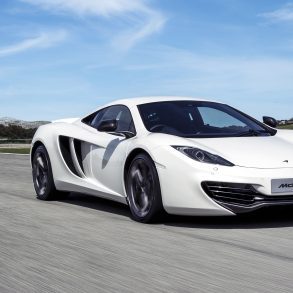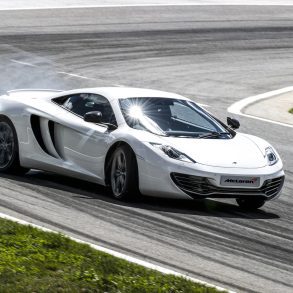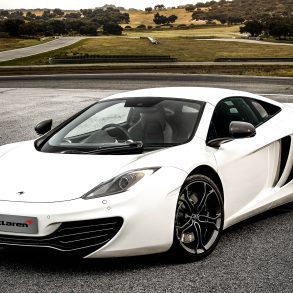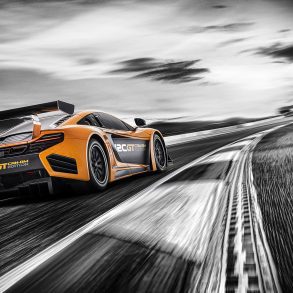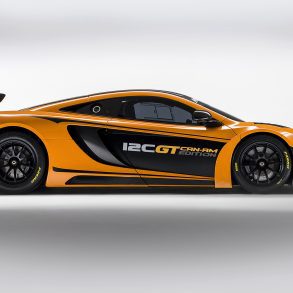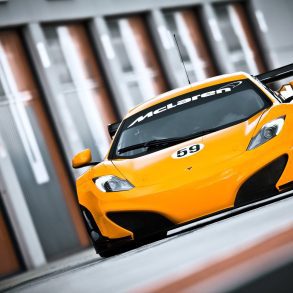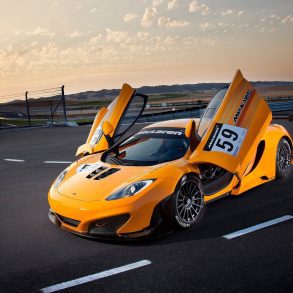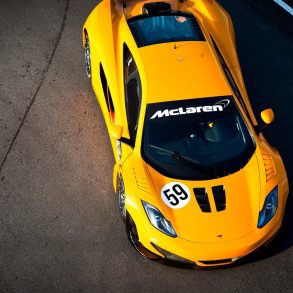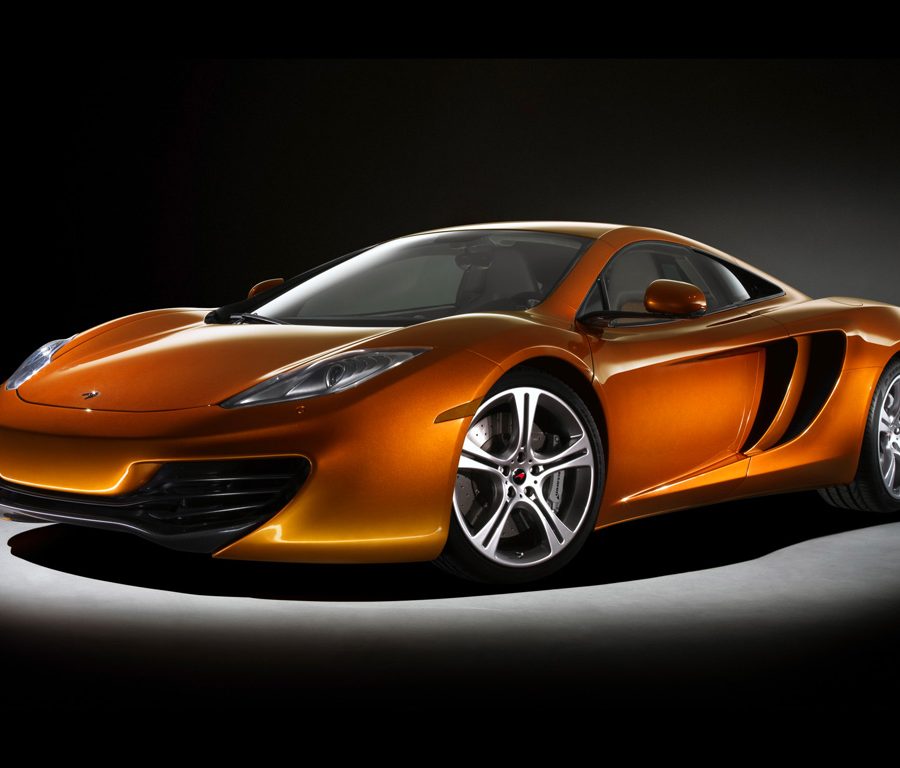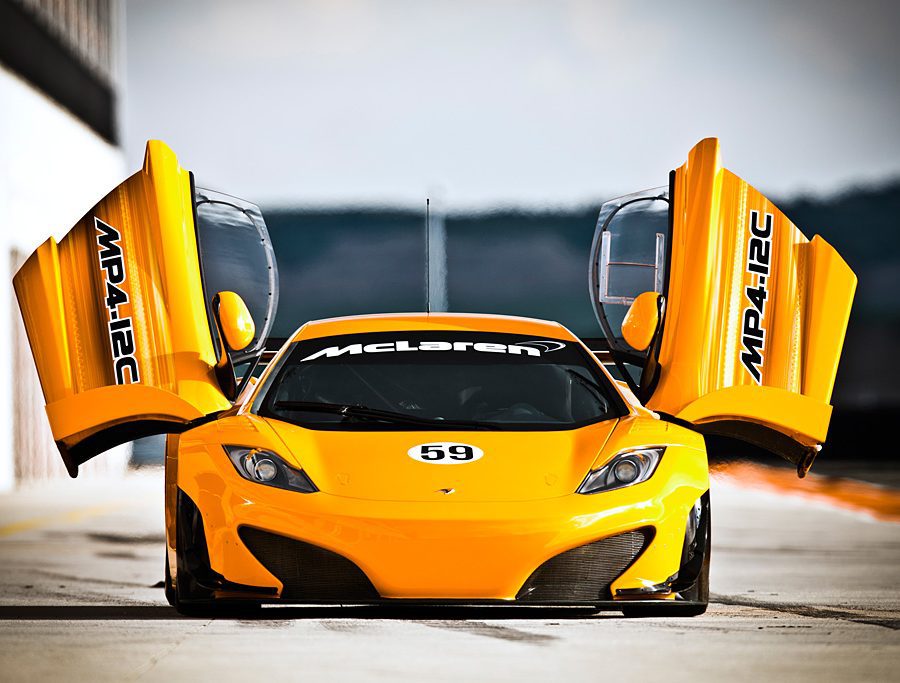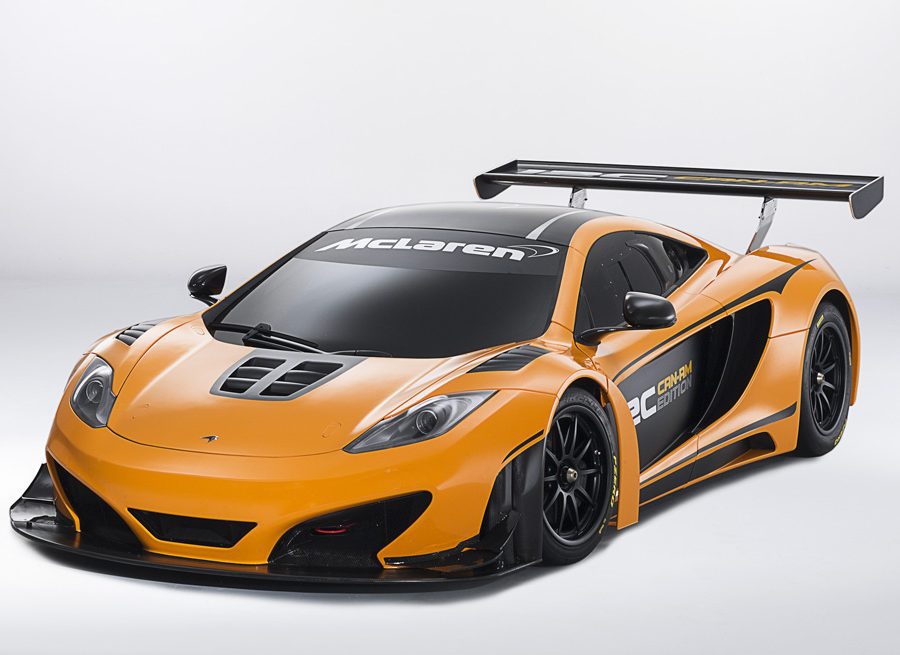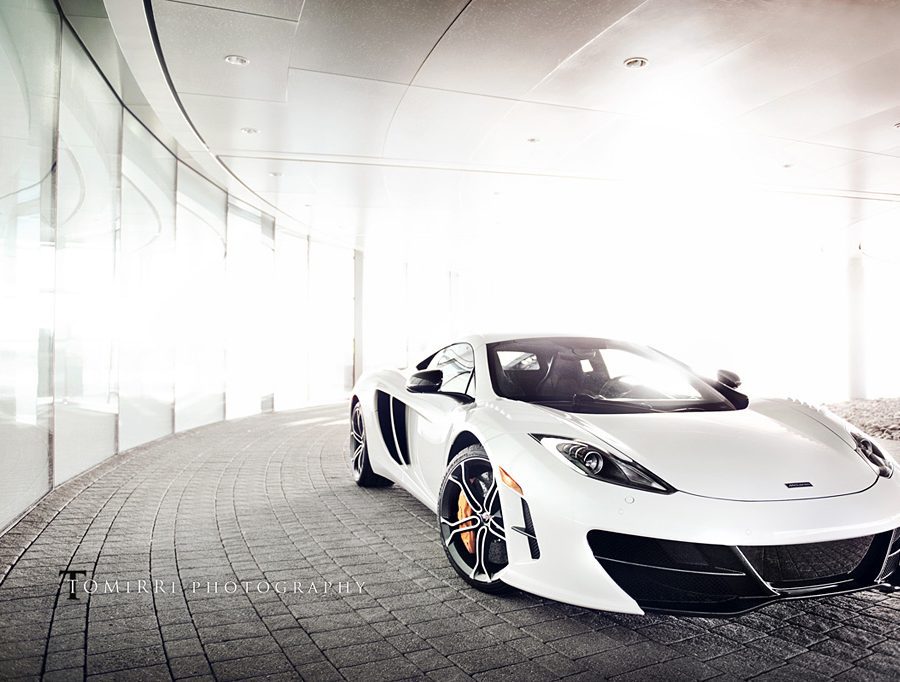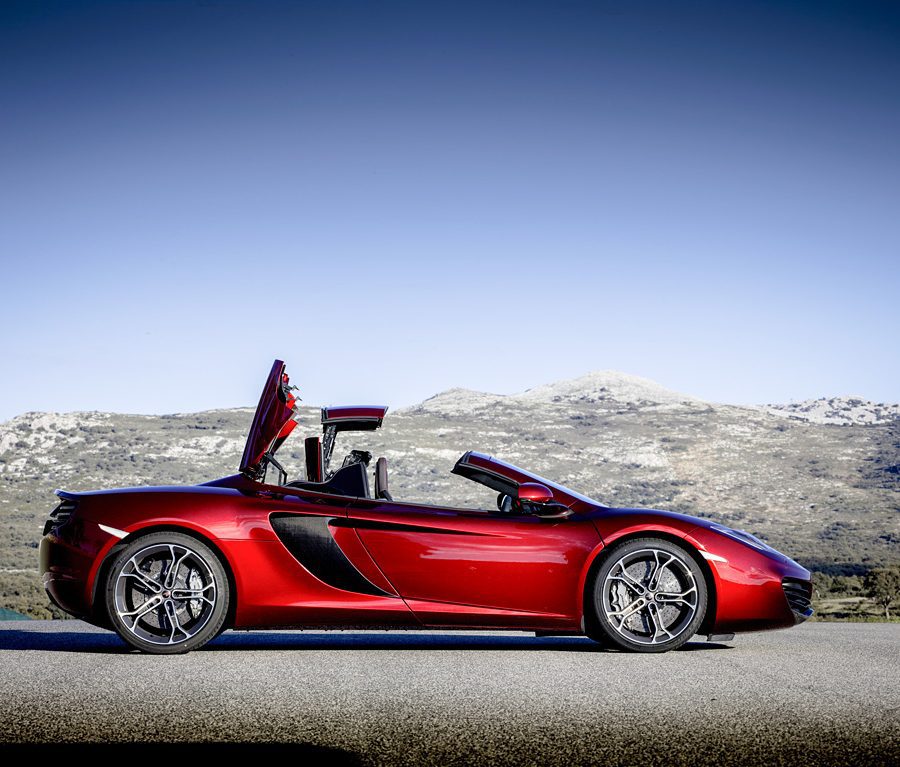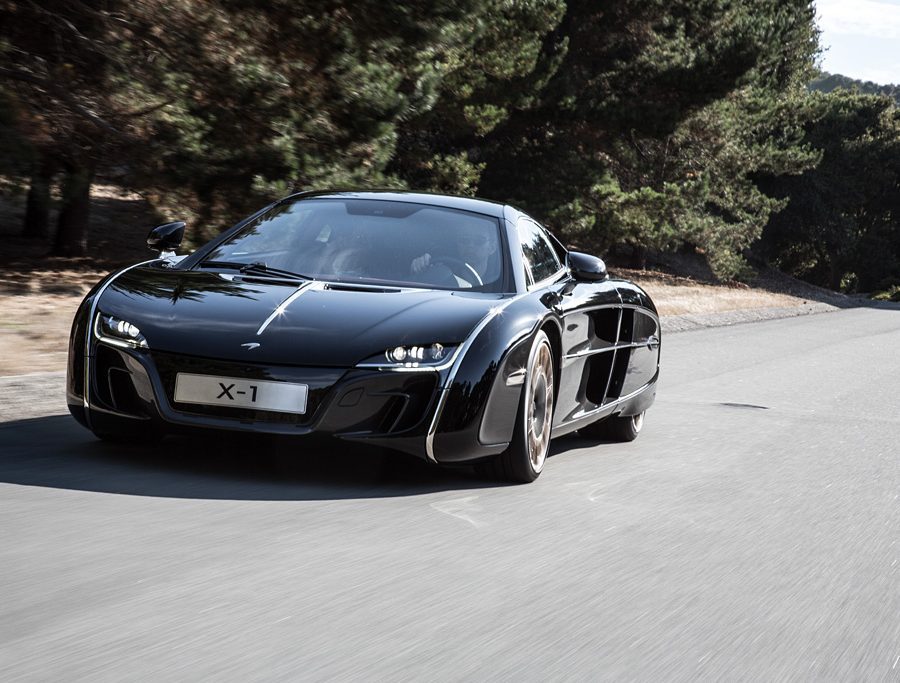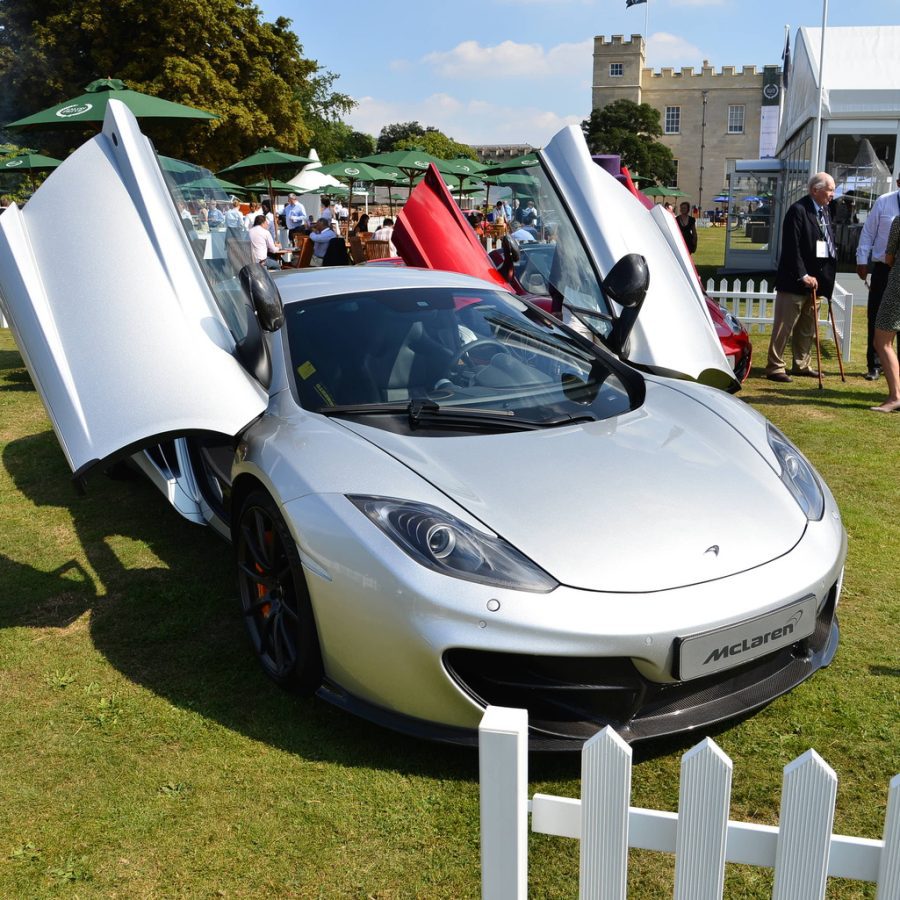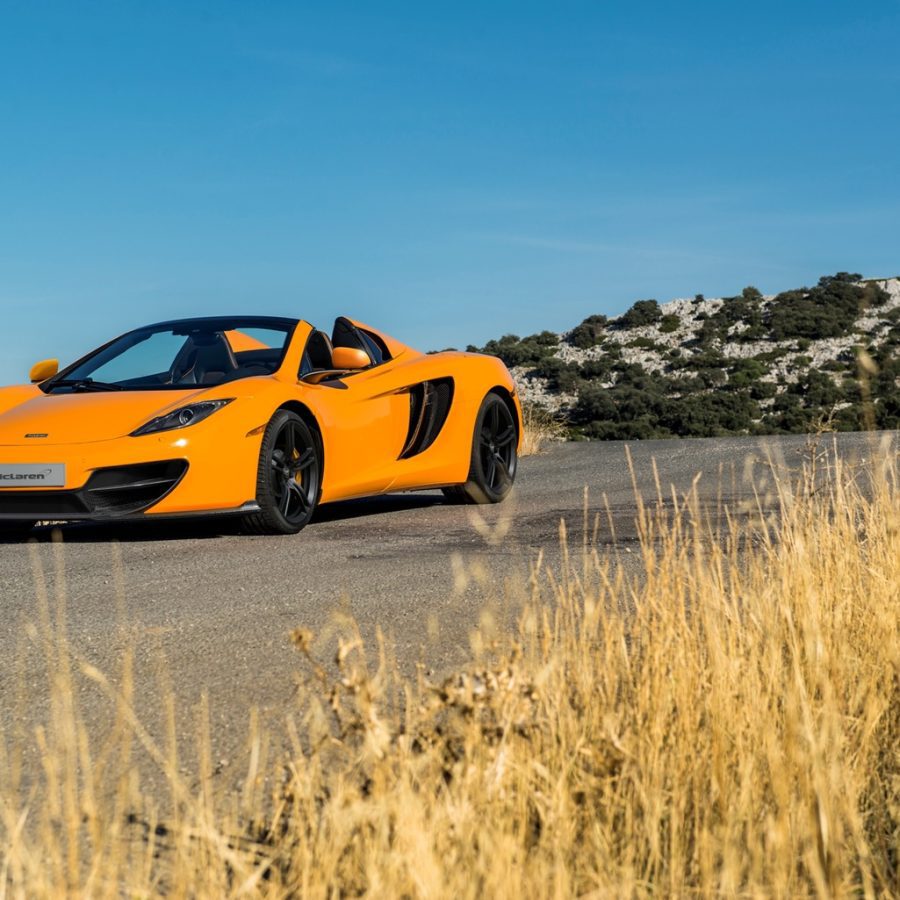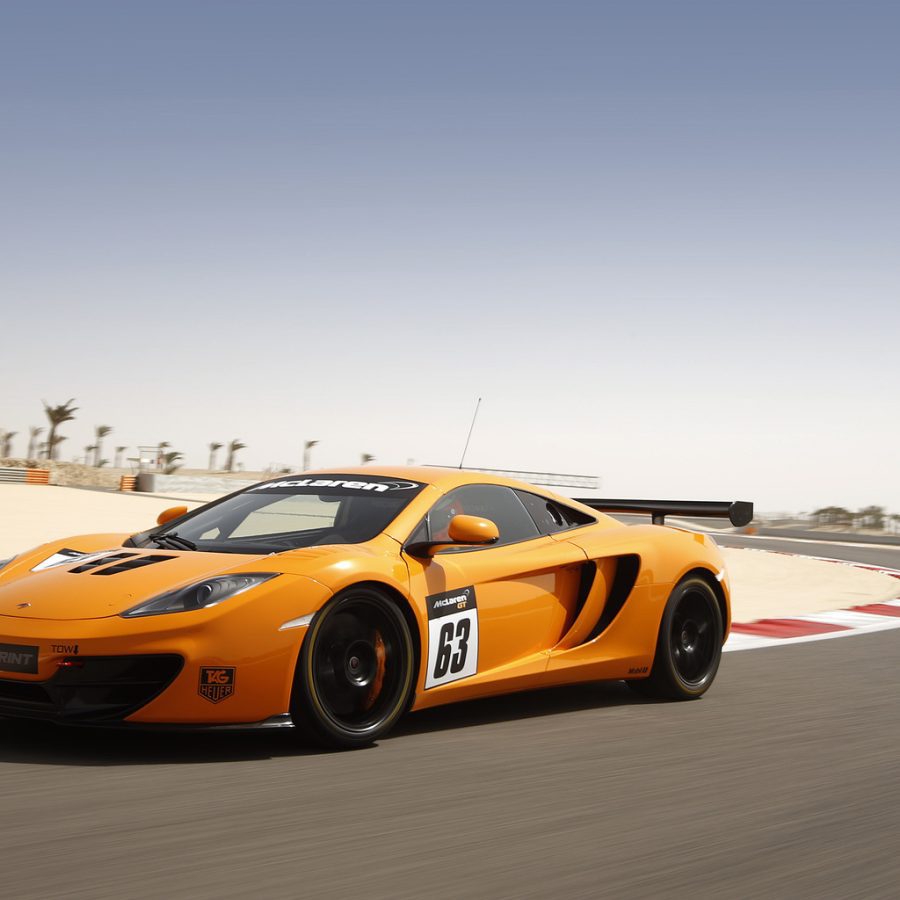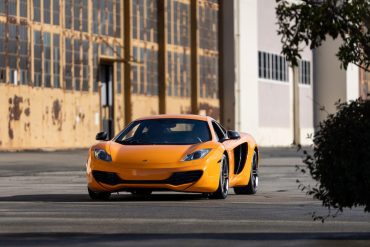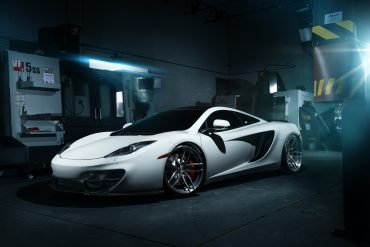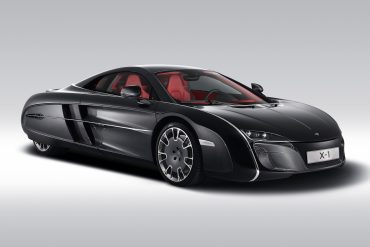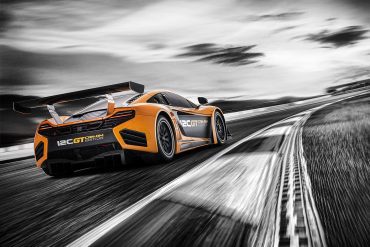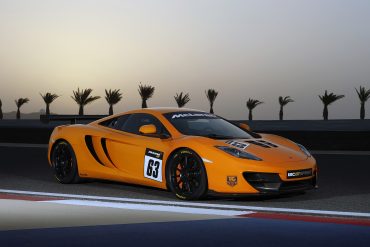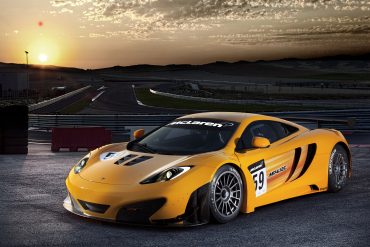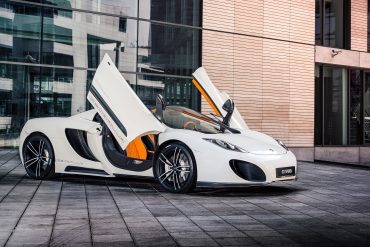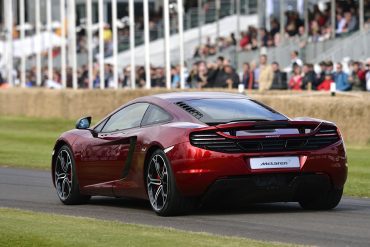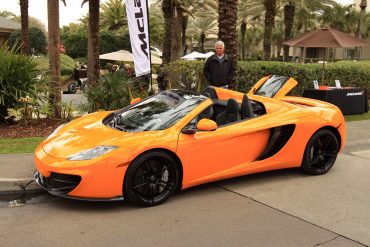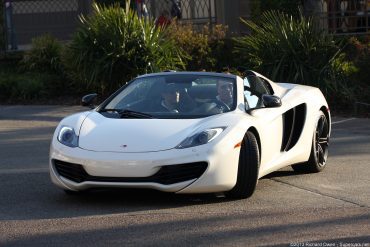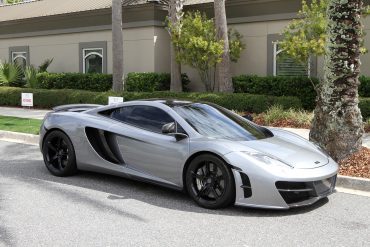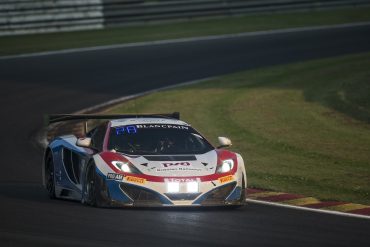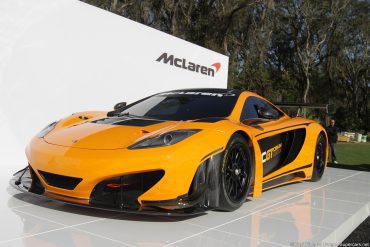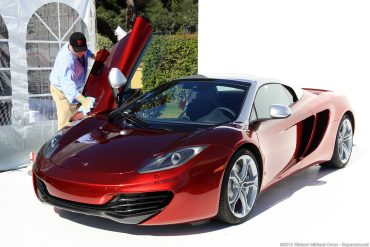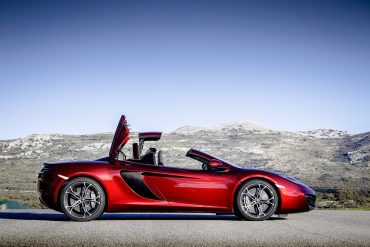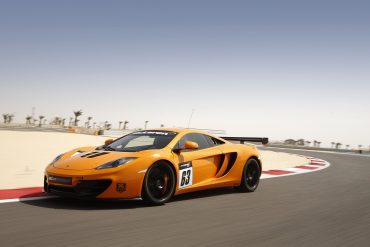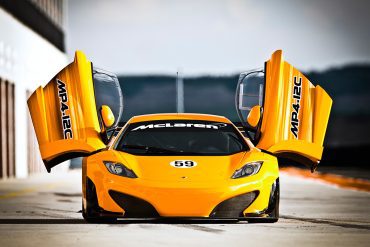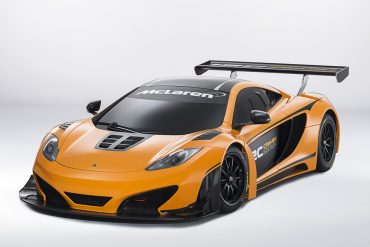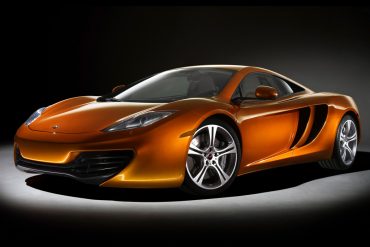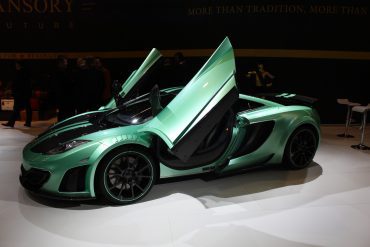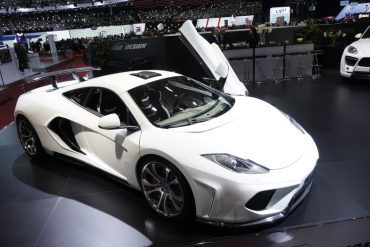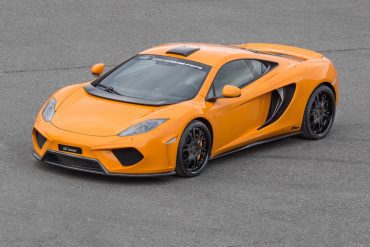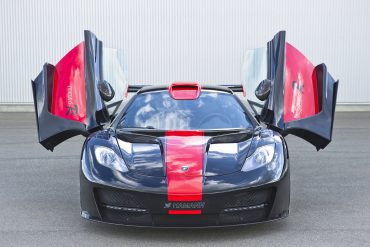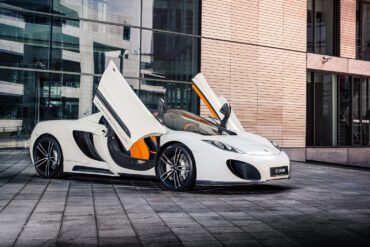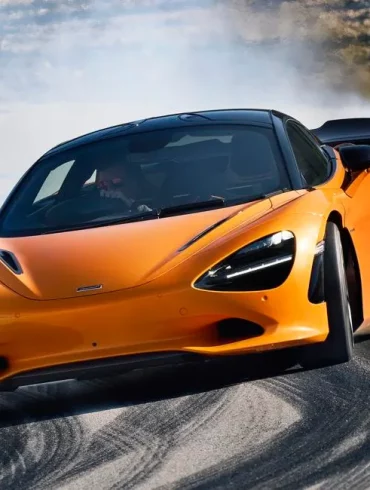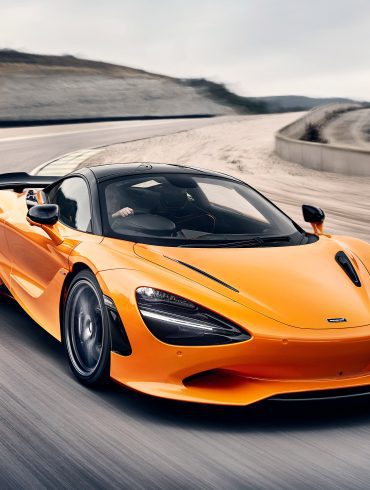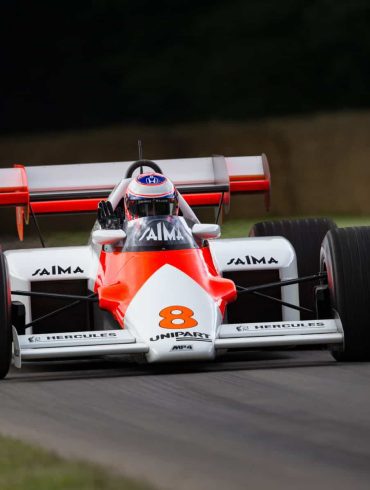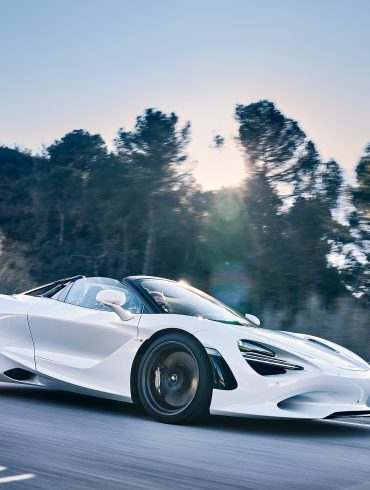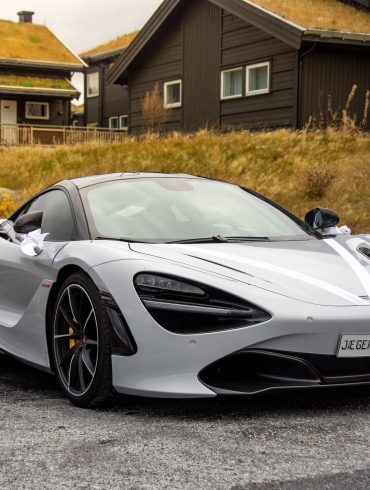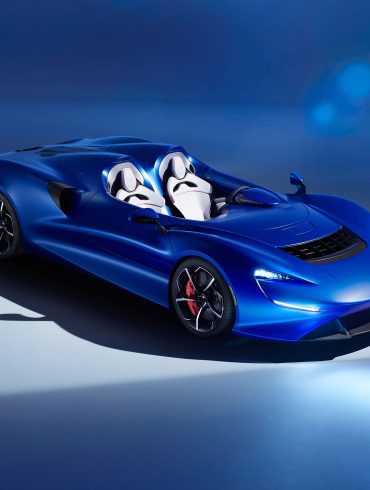2010 McLaren MP4-12C The McLaren MP4-12C is revealed as the first in a range of high-performance sports cars from McLaren Automotive, the independent car division based at the McLaren Technology Centre in Woking, England. The 12C, and future models within the range, will challenge the world’s best sports cars, benefiting...
McLaren 12C
A Supercar Revolution Ignited
2011 - 2014
The McLaren 12C, initially launched as the MP4-12C in 2011, marked McLaren Automotive's return to the production road car market since the iconic F1. The 12C featured a carbon fiber composite chassis and was powered by a twin-turbocharged 3.8-liter V8 engine, delivering around 600 horsepower. Its pioneering use of active aerodynamics and a Proactive Chassis Control system set new benchmarks in handling and ride dynamics. It cemented McLaren's reputation as a maker of innovative and highly competitive supercars in the modern era.
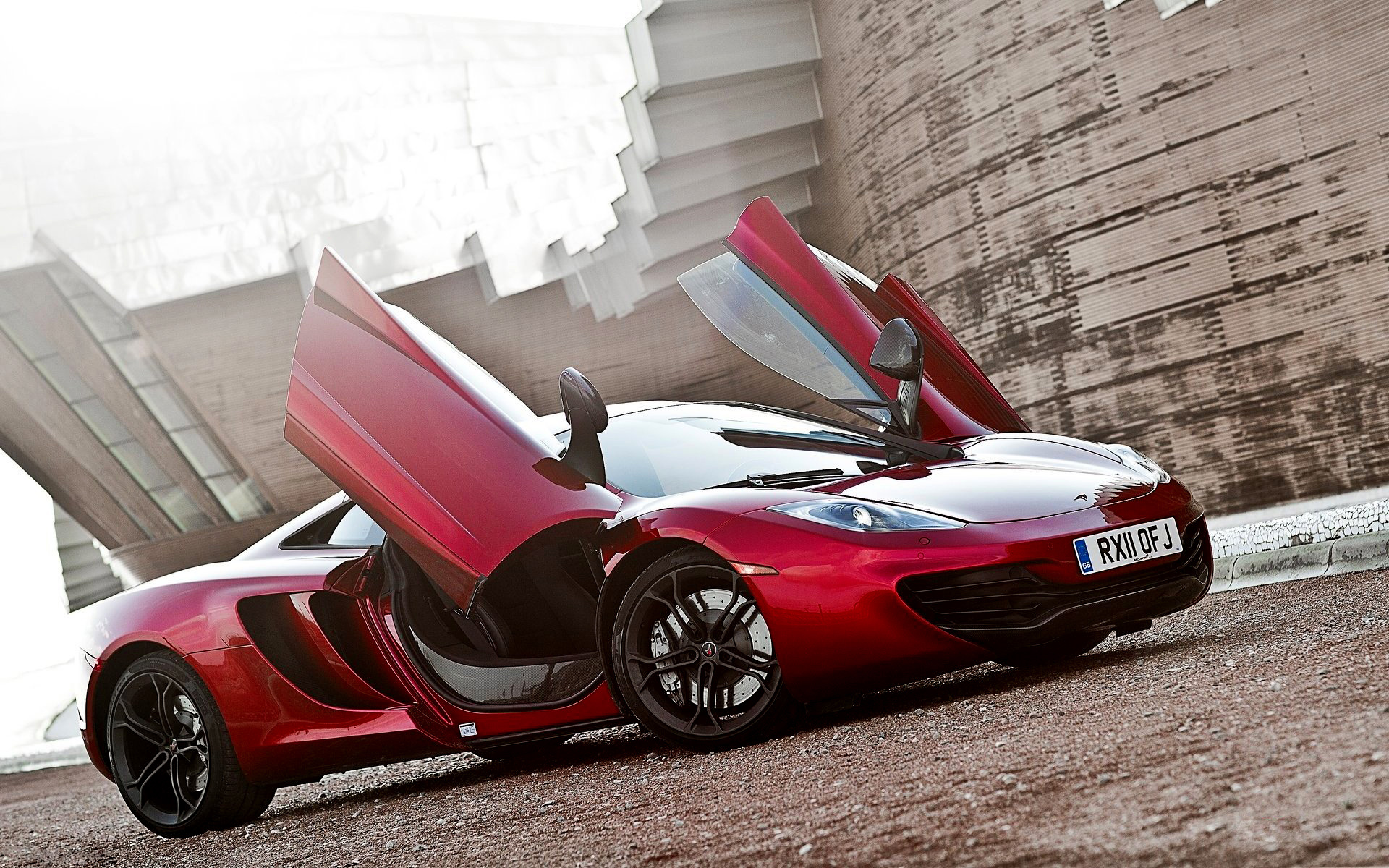
The Ultimate Guide To The McLaren 12C: Every Variant, Specs, Pictures, Performance & More
When McLaren Automotive announced the launch of the MP4-12C in 2011 (later simplified to 12C), it marked a significant chapter in the world of supercars. This model was McLaren’s first production car since the legendary F1 and was set to re-establish the brand in the road car market. The 12C was not just a car; it was a statement of McLaren's engineering prowess and its ambition to dominate the high-performance sports car sector.
The genesis of the 12C can be traced back to McLaren’s decision to expand its automotive division beyond Formula 1. The goal was to compete directly with established marques like Ferrari and Lamborghini. The 12C was designed to be the most technologically advanced supercar on the market, embodying the very essence of what McLaren stood for: innovation, efficiency, and performance.
At the heart of the 12C was the MonoCell, a carbon fiber monocoque chassis that offered exceptional rigidity and lightness, a technology derived directly from Formula 1. It was powered by a 3.8-liter twin-turbo V8 engine, producing around 600 horsepower initially, which was later upgraded to 616 hp in subsequent versions. The engine was mated to a seven-speed dual-clutch transmission, providing blistering acceleration and seamless gear shifts.
The 12C also featured a slew of technological innovations, such as Brake Steer (a system that improves cornering speeds by applying brakes to the inside rear wheel), Proactive Chassis Control (a suspension system that adapts to driving conditions without compromising ride comfort), and active aerodynamics that adapted to the car’s speed to optimize downforce.
The 12C was available in both coupe and spider variants. The 12C Spider, introduced in 2012, offered the same performance as the coupe but added a retractable hardtop for those who desired open-air exhilaration. Both models underwent continuous improvements over their production lifecycle, including power upgrades and enhanced drivability features.
In addition to the standard models, McLaren also introduced several special editions and bespoke versions through McLaren Special Operations (MSO). These included limited-run models with unique color schemes, enhanced aerodynamics, and custom interiors, allowing owners to personalize their vehicles to an even greater extent.
Understanding the importance of motorsport for its brand identity, McLaren developed the 12C GT3, a race-prepared version of the 12C. The 12C GT3 was immensely successful in various GT championships worldwide, securing numerous victories and proving the capabilities of the 12C under the most demanding conditions.
The production of the 12C ended in 2014, making way for its successor, the 650S, which built upon the foundation laid by the 12C with enhanced performance and luxury. The 12C’s impact, however, extends beyond its production years. It set a new standard for what customers could expect from a supercar in terms of technology, performance, and versatility.
The 12C’s legacy is one of a trailblazer; it redefined the parameters of supercar engineering and performance. Its influence can be seen in all subsequent McLaren models, each inheriting and evolving from its combination of lightweight construction, innovative technology, and extraordinary performance capabilities. As McLaren continues to push the boundaries of automotive engineering, the 12C stands as a monument to where this era of innovation began, setting the pace for a bright, high-speed future.
McLaren 12C Basics
Manufacturer: McLaren Automotive
Production: 2011–2014
Assembly: Woking, Surrey, England
Designer: Frank Stephenson
Body style: 2-door coupé, 2-door convertible
Layout: Rear mid-engine, RWD
Doors: Dihedral
Engine: 3.8 L M838T twin-turbo V8
Transmission: 7-speed dual-clutch
Wheelbase: 2,670 mm (105.1 in)
Length: 4,509 mm (177.5 in)
Width: 1,908 mm (75.1 in)
Height: 1,199 mm (47.2 in)
Kerb weight: 1,434 kg (3,161 lb)
Successor: McLaren 650S
Did You Know?
The 12C was revolutionary in its use of a carbon fiber monocoque chassis. This made it incredibly light and stiff, a hallmark of McLaren supercars.
Many design elements and technologies were directly influenced by McLaren's Formula 1 experience, like the "Brake Steer" system which aids in cornering.
The "12C" isn't very evocative, but it stands for the car's internal development code: 12 represents its performance on an internal index, and the C stands for Carbon.
"It’s brutally effective, scarily fast, and surprisingly comfortable"
Car and Driver
McLaren 12C Variants
Production Models
McLaren 12C (2011 – 2014)
McLaren 12C Spider (2011 – 2014)
Special Edition Models
McLaren MP4-12C HS (2012)
McLaren X-1 (2012)
McLaren 50 12C (2013)
Race Models
McLaren MP4-12C GT3 (2011)
McLaren MP4-12C Can-Am (2012)
McLaren MP4-12C GT Sprint (2013)
McLaren 12C Production Models
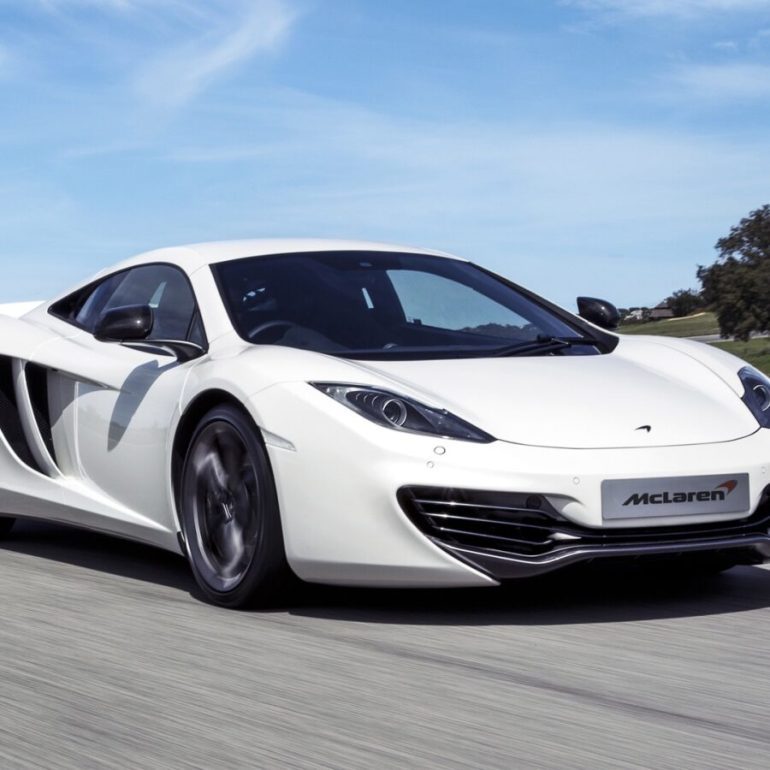
McLaren 12C
Years: 2011 - 2014
Engine: 3.8-liter twin-turbo V8
Power: 616 bhp @ 7,000 rpm
Torque: 442 ft lbs @ 3,000 rpm
0-60 mph: 3.3 sec
0-124 mph: 9.1 sec
Top Speed: 204 mph
The Start of Modern-Day McLaren. Cutting-edge carbon-fiber composite structure, trick suspension that is part luxury part race car. You could drive the 12C supercar every day. Launched with 592bhp and later upgraded to 616bhp. The 12C wasn't perfect but it showed that McLaren could build a very good supercar out of the gate. McLaren worked on a replacement and improvement very quickly which is why we saw the 650S by 2014 to replace the 12C.
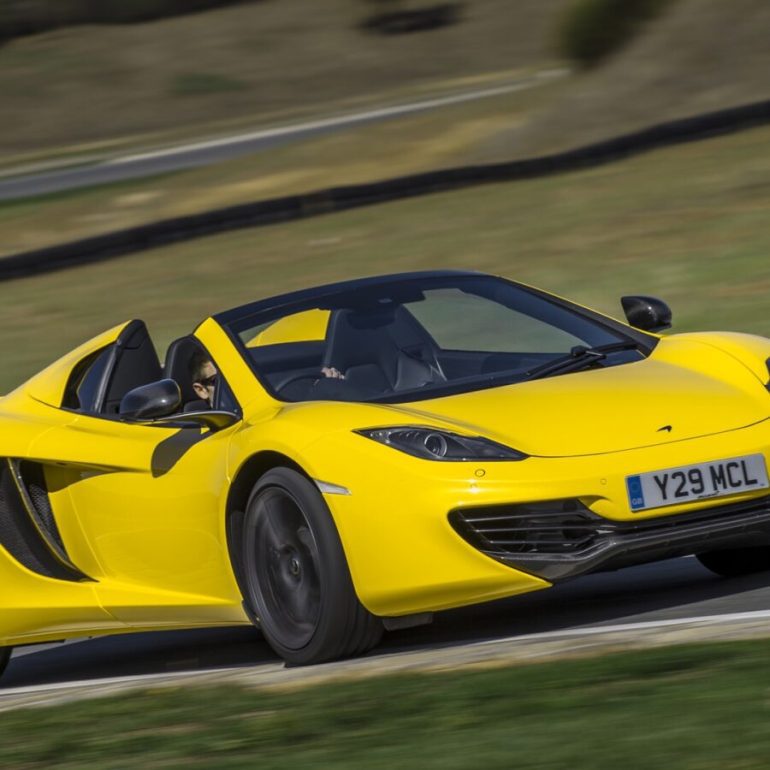
McLaren 12C Spider
Years: 2011 - 2014
Engine: 3.8-liter twin-turbo V8
Power: 616 bhp @ 7,000 rpm
Torque: 442 ft lbs @ 3,000 rpm
0-60 mph: 3.3 sec
0-124 mph: 9.1 sec
Top Speed: 204 mph
More Exciting Than 12C Coupe. The inevitable convertible version of the MP4-12C supercar. With the same lightweight engine developing 616 bhp and unique folding roof system and carbon ‘MonoCell’ chassis identical to that of the 12C. It was the first time we ever remember a convertible being as stiff as a coupe (you really couldn't tell the difference when driving). As a result, it was more fun and exciting. Open top also helped with the sound from that twin turbo V8.
McLaren 12C Special Edition Models
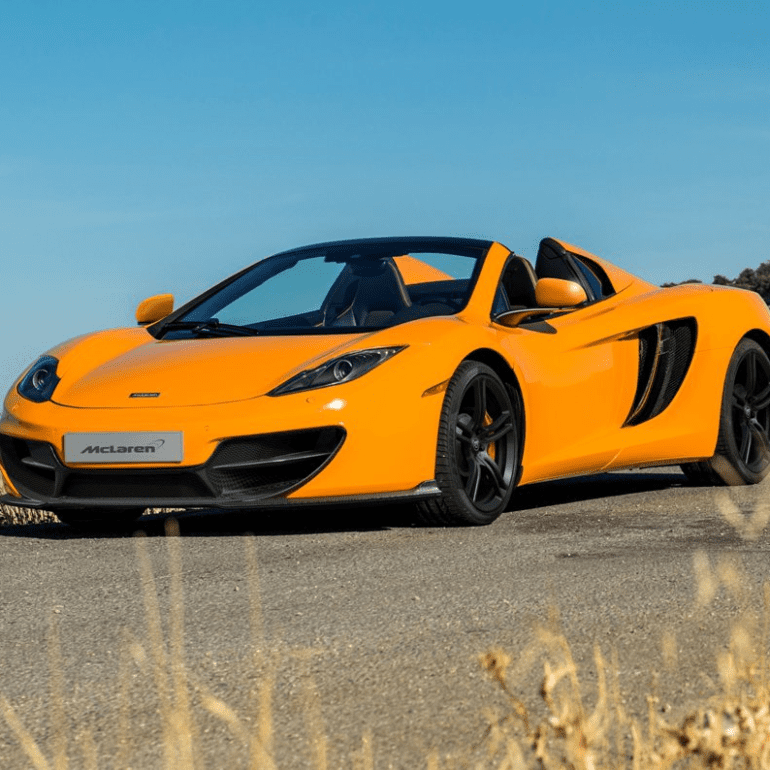
McLaren 50 12C
2013
50 Cars. The McLaren 50 12C and 12C Spider were built to celebrate our 50th anniversary in 2013, with 50 examples of each body style produced. The special edition featured a new part-carbon front bumper that boosted downforce, carbon ceramic brakes and lightweight wheels finished in satin black. The cabin was upholstered in full leather and carried a special anniversary plate to celebrate the anniversary.
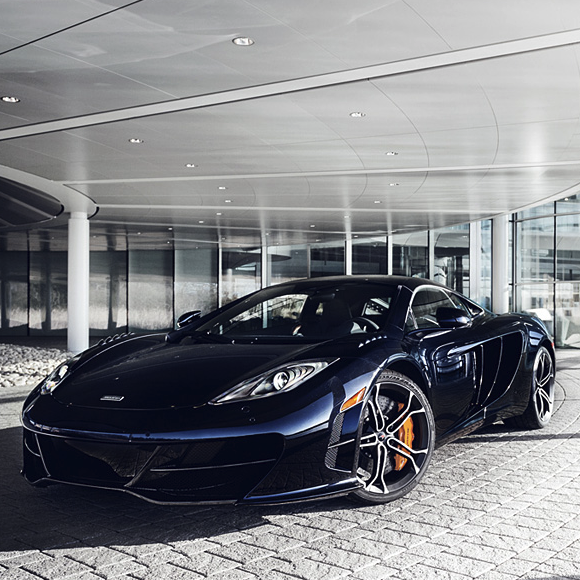
McLaren MP4-12C HS
2012
In 2012 McLaren Special Vehicle Operations built five special edition cars called the High Speed or MP4-12C HS. These were built for and named by The Collection in Miami for sale to the US market. The main feature of these bespoke cars is a revised body and more power over the standard model. Only five examples of the High Speed were produced and sold to The Collection in Miami with no press or official release.
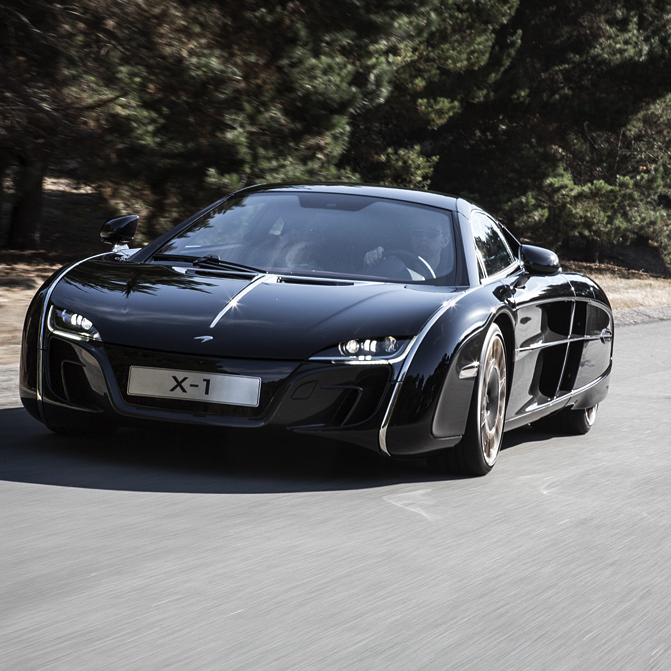
McLaren X-1
2012
The McLaren X-1 is a bespoke automotive enigma, a one-of-a-kind supercar commissioned by a mysterious enthusiast. Built upon the 12C, the X-1 boasts a completely unique body inspired by classic automotive designs. Think sweeping curves, flowing lines, and a healthy dose of retro-futurism. The X-1 is a testament to McLaren Special Operations' capabilities, especially when they take some drugs and get a little crazy.
McLaren 12C Race Car Models
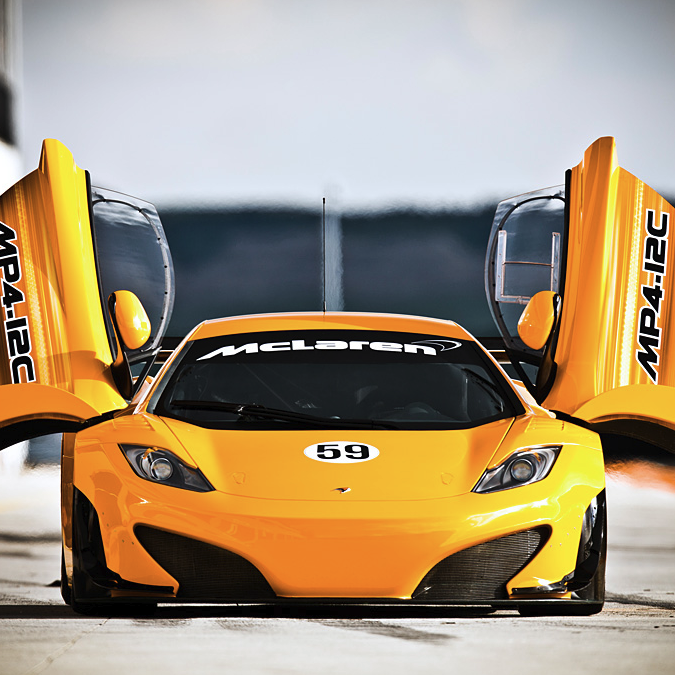
McLaren MP4-12C GT3
2011
The 2011 McLaren MP4-12C GT3 was McLaren's foray into the GT racing scene, adapted from the road-going 12C to meet the rigorous demands of competitive racing. Built in collaboration with CRS Racing, the GT3 variant was designed for high performance and durability on the track. It featured a tuned version of the standard 3.8-liter V8 engine, although slightly detuned to fit GT3 class regulations, producing around 500 horsepower. It quickly made its mark in various international GT championships.

McLaren MP4-12C Can-Am
2012
The 2012 McLaren MP4-12C Can-Am Edition was a track-only variant that paid homage to McLaren's historic success in the Can-Am series during the 1960s and 1970s. This edition was the most powerful version of the 12C lineup, boasting an uprated engine that produced 630 horsepower, making it the ultimate non-competitive, track-focused version of the 12C. Unlike the GT3, the Can-Am Edition was not bound by racing regulations, which allowed for a more aggressive aerodynamic setup and use of carbon fiber.
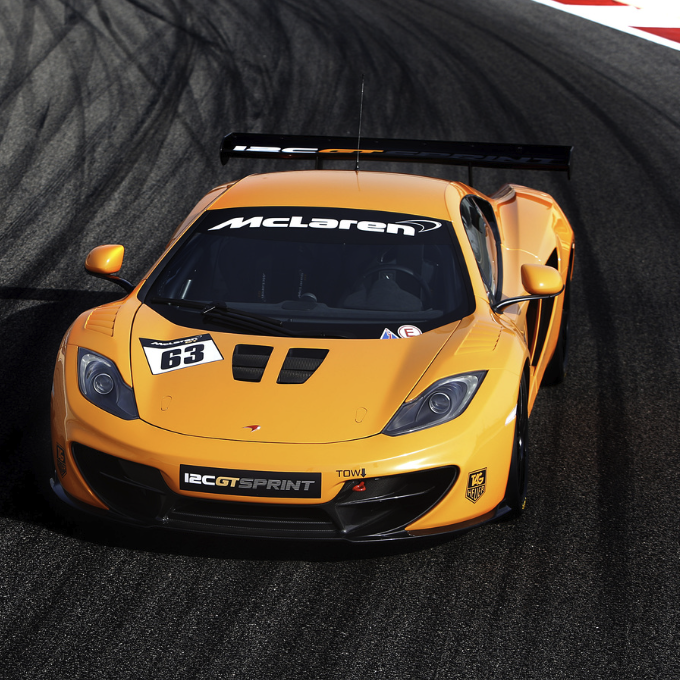
McLaren MP4-12C GT Sprint
2013
Introduced in 2013, the McLaren MP4-12C GT Sprint was designed as a bridge between the road-going 12C and its more track-focused counterparts. The GT Sprint retained the standard 12C’s 3.8-liter twin-turbo V8 engine, but it featured enhanced cooling systems and a recalibrated transmission for better performance on track days. The car was fitted with a race-prepared suspension system that featured a lowered ride height and Pirelli racing tires to provide exceptional grip and handling.
"The most impressive all-round supercar this planet has ever produced."
Top Gear Magazine
Our Favorite McLaren 12C Images
McLaren's first next-generation supercar certainly looked the part.
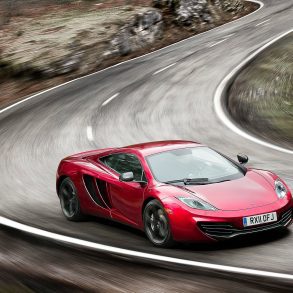
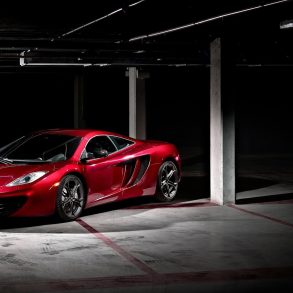
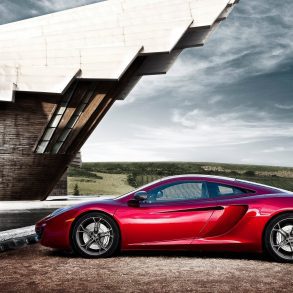
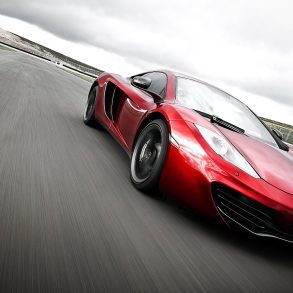
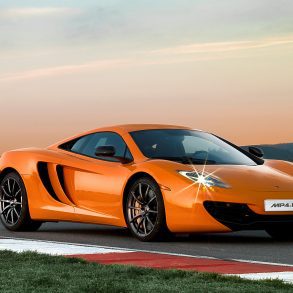
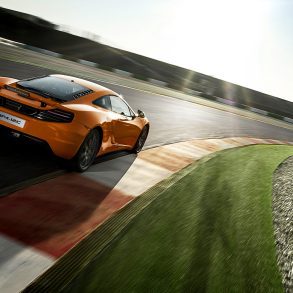
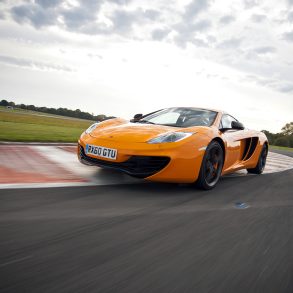
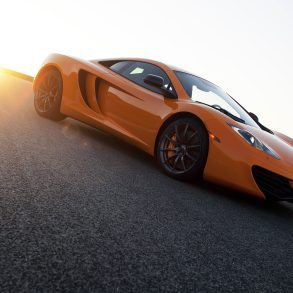
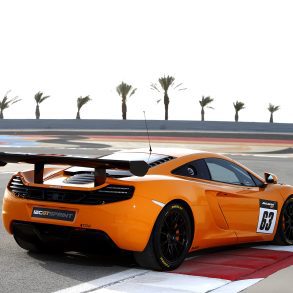 McLaren 12C GT Sprint
McLaren 12C GT Sprint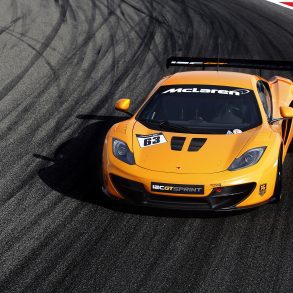 McLaren 12C GT Sprint
McLaren 12C GT Sprint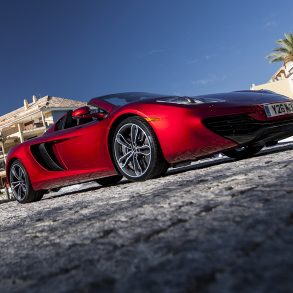 ©McLarenAutomotive www.mclarenautomotive.com [email protected] www.media.mclarenautomotive.com www.facebook.com/mclarenautomotive
©McLarenAutomotive www.mclarenautomotive.com [email protected] www.media.mclarenautomotive.com www.facebook.com/mclarenautomotive
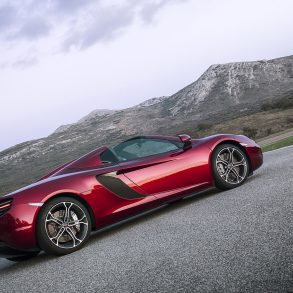
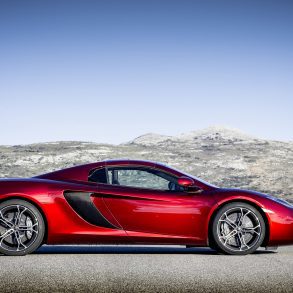
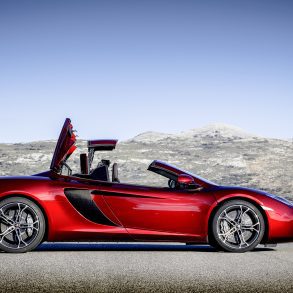
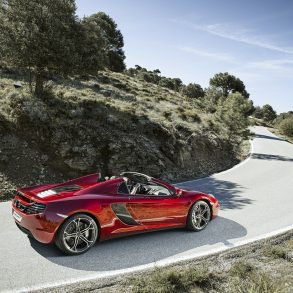
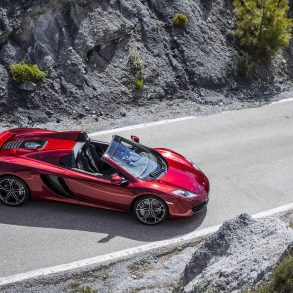
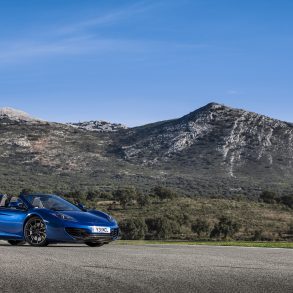
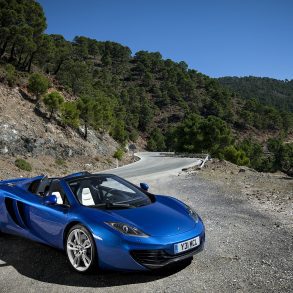
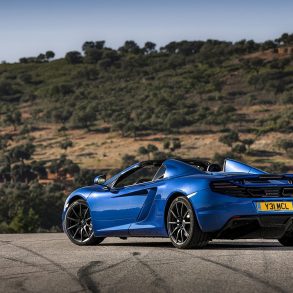
 ©McLarenAutomotive www.mclarenautomotive.com [email protected] www.media.mclarenautomotive.com www.facebook.com/mclarenautomotive
©McLarenAutomotive www.mclarenautomotive.com [email protected] www.media.mclarenautomotive.com www.facebook.com/mclarenautomotive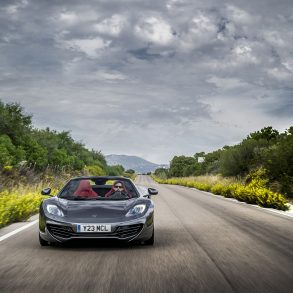 ©McLarenAutomotive www.mclarenautomotive.com [email protected] www.media.mclarenautomotive.com www.facebook.com/mclarenautomotive
©McLarenAutomotive www.mclarenautomotive.com [email protected] www.media.mclarenautomotive.com www.facebook.com/mclarenautomotive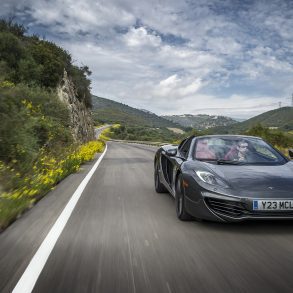 ©McLarenAutomotive www.mclarenautomotive.com [email protected] www.media.mclarenautomotive.com www.facebook.com/mclarenautomotive
©McLarenAutomotive www.mclarenautomotive.com [email protected] www.media.mclarenautomotive.com www.facebook.com/mclarenautomotive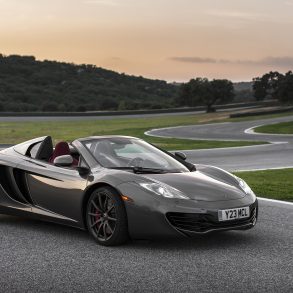 ©McLarenAutomotive www.mclarenautomotive.com [email protected] www.media.mclarenautomotive.com www.facebook.com/mclarenautomotive
©McLarenAutomotive www.mclarenautomotive.com [email protected] www.media.mclarenautomotive.com www.facebook.com/mclarenautomotive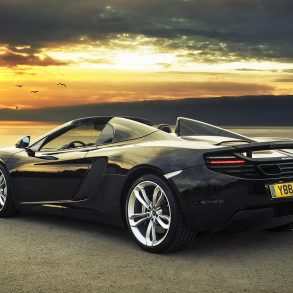 ©McLarenAutomotive www.mclarenautomotive.com [email protected] www.media.mclarenautomotive.com www.facebook.com/mclarenautomotive
©McLarenAutomotive www.mclarenautomotive.com [email protected] www.media.mclarenautomotive.com www.facebook.com/mclarenautomotive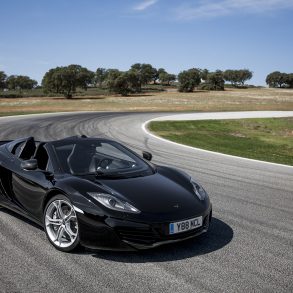 ©McLarenAutomotive www.mclarenautomotive.com [email protected] www.media.mclarenautomotive.com www.facebook.com/mclarenautomotive
©McLarenAutomotive www.mclarenautomotive.com [email protected] www.media.mclarenautomotive.com www.facebook.com/mclarenautomotive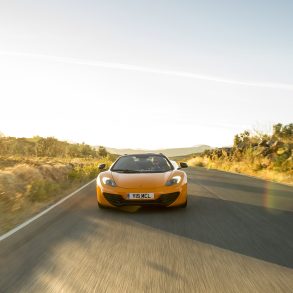 ©McLarenAutomotive www.mclarenautomotive.com [email protected] www.media.mclarenautomotive.com www.facebook.com/mclarenautomotive
©McLarenAutomotive www.mclarenautomotive.com [email protected] www.media.mclarenautomotive.com www.facebook.com/mclarenautomotive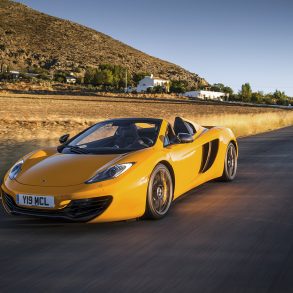 ©McLarenAutomotive www.mclarenautomotive.com [email protected] www.media.mclarenautomotive.com www.facebook.com/mclarenautomotive
©McLarenAutomotive www.mclarenautomotive.com [email protected] www.media.mclarenautomotive.com www.facebook.com/mclarenautomotive ©McLarenAutomotive www.mclarenautomotive.com [email protected] www.media.mclarenautomotive.com www.facebook.com/mclarenautomotive
©McLarenAutomotive www.mclarenautomotive.com [email protected] www.media.mclarenautomotive.com www.facebook.com/mclarenautomotive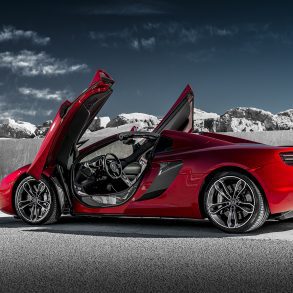 ©McLarenAutomotive www.mclarenautomotive.com [email protected] www.media.mclarenautomotive.com www.facebook.com/mclarenautomotive
©McLarenAutomotive www.mclarenautomotive.com [email protected] www.media.mclarenautomotive.com www.facebook.com/mclarenautomotive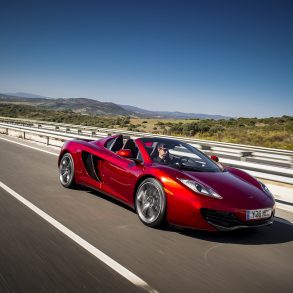 ©McLarenAutomotive www.mclarenautomotive.com [email protected] www.media.mclarenautomotive.com www.facebook.com/mclarenautomotive
©McLarenAutomotive www.mclarenautomotive.com [email protected] www.media.mclarenautomotive.com www.facebook.com/mclarenautomotive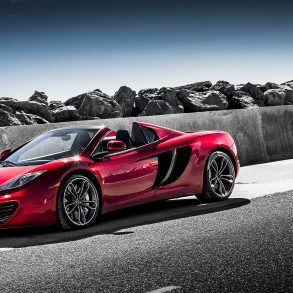 ©McLarenAutomotive www.mclarenautomotive.com [email protected] www.media.mclarenautomotive.com www.facebook.com/mclarenautomotive
©McLarenAutomotive www.mclarenautomotive.com [email protected] www.media.mclarenautomotive.com www.facebook.com/mclarenautomotive